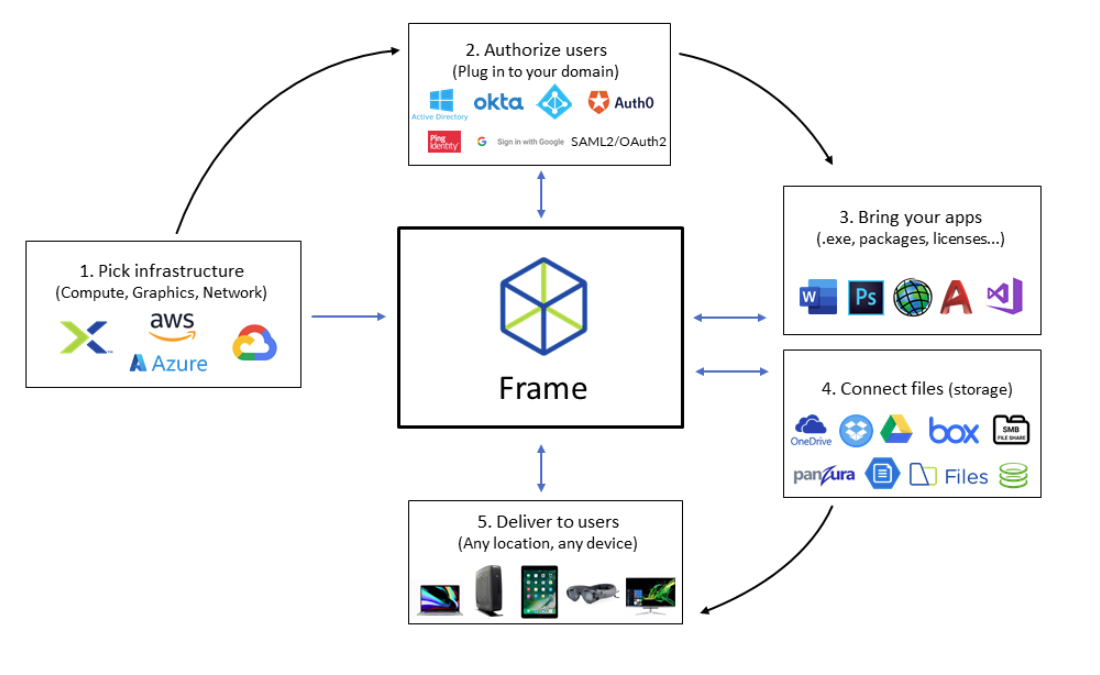Frame is a secure cloud platform that lets customers deliver applications, desktops, and software-defined workspaces to users. We love to deliver features that provide world class security standards with focus on best practices and simplicity. Still, when we are leading a security conversation, like any other major industry vendor, we stress that security is a shared responsibility between our customers and Frame.

In this blog post, we are going to explain how we can achieve the optimal user experience and security posture in shared desktop environments. We are seeing that our customers, mostly from educational institutions, are asking this question often, since students are using shared devices (e.g., computer lab or classroom) for accessing a Frame session.
